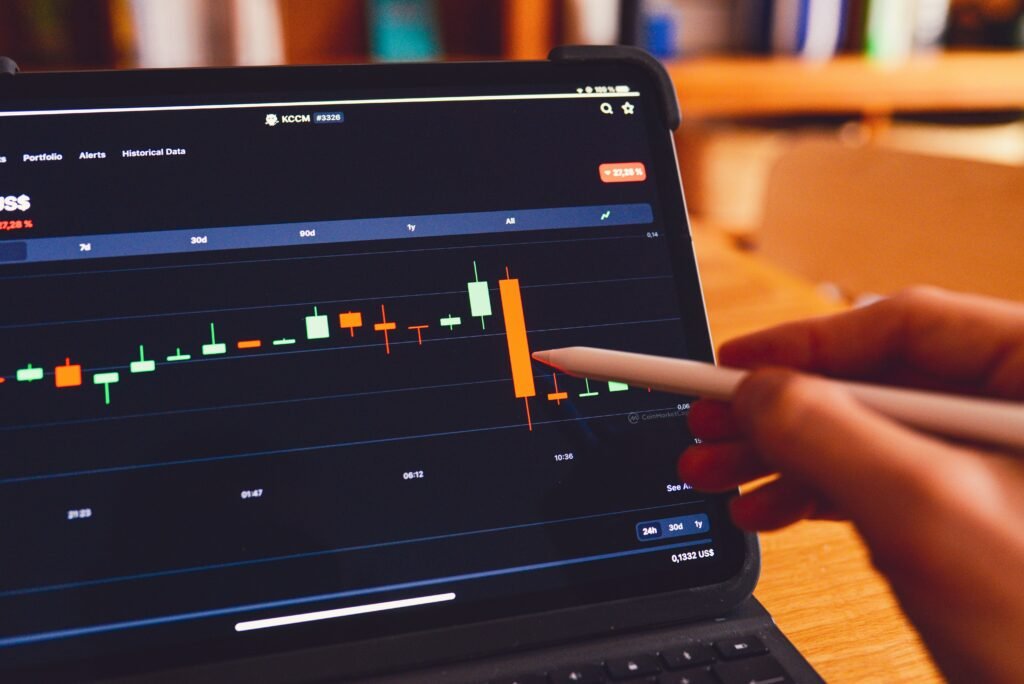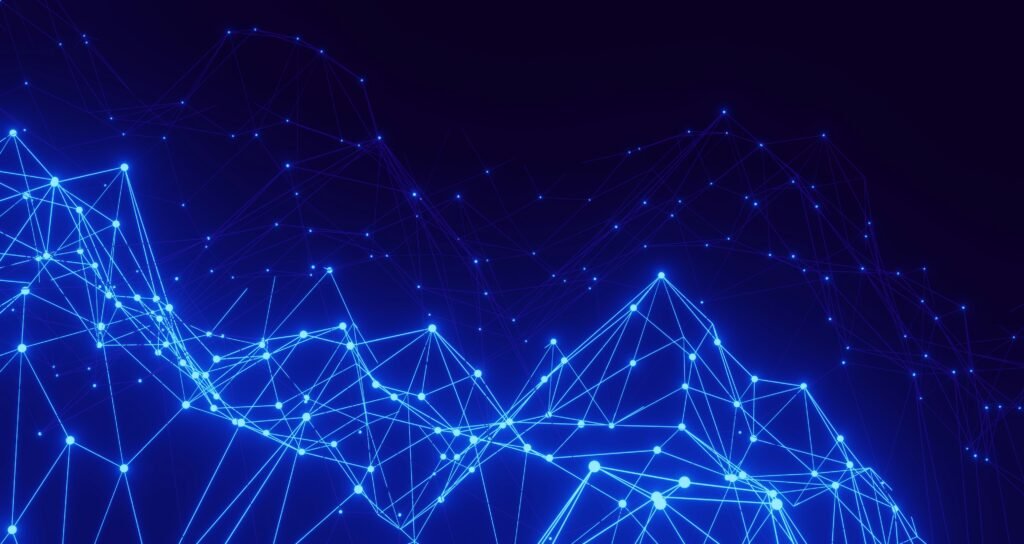By BlockAI — Lead: AI-driven research is narrowing the timeline to Q-Day, the point when quantum computers can break widely used encryption. Who is involved ranges from AI researchers and quantum computing experts to industry hardware firms and national security agencies. What’s at stake is encrypted data protected by RSA and ECC across finance, healthcare, and blockchain networks. When could Q-Day arrive? Projections center around 2030, though AI acceleration could make Q-Day come sooner. How it happens: AI models optimize quantum algorithms and hardware design, shrinking the gap to a practical cryptanalytic quantum computer.
AI accelerates progress
AI techniques are serving as force multipliers for quantum computing teams. Machine learning and transformer models predict quantum system behavior, guiding experiments and reducing trial-and-error cycles. That push increases confidence that Q-Day is a realistic milestone rather than a distant theoretical risk. Industry funding and government programs now treat Q-Day as a strategic timeline to manage.
Quantum computing timelines
Current roadmaps aim for quantum advantage in specific tasks before full cryptanalysis capability arrives. National bodies and private labs map interim milestones and stress-test timelines toward Q-Day. These roadmaps influence when organizations must begin migrating systems away from vulnerable standards to quantum-resistant solutions.
Encryption at risk
Classical encryption like RSA and ECC relies on mathematical problems that sufficiently powerful quantum machines can solve. The combination of AI and quantum computing compresses the timeline for breaking these schemes, meaning data encrypted today could be retroactively exposed after Q-Day. That risk raises urgency for immediate action across sectors.
Post-quantum cryptography path
Adopting post-quantum cryptography is the primary mitigation against Q-Day threats. Standards bodies and vendors are developing algorithms designed to resist quantum attacks and AI-accelerated optimization. Migration planning, testing, and staged rollouts are essential to minimize disruption before Q-Day arrives.
RSA and ECC threats
RSA and ECC remain core to TLS, digital signatures, and many blockchain primitives. Once Q-Day is reached, keys based on RSA and ECC could be trivial to break for adversaries with quantum capabilities. Organizations should inventory cryptographic assets now and prioritize high-value targets for replacement ahead of Q-Day.
Cybersecurity actions now
Practical steps include key rotation, encrypting sensitive archives with quantum-safe schemes, and investing in post-quantum migration tooling. Cybersecurity teams must assume Q-Day is a matter of when, not if, and accelerate training, procurement, and policy changes to reduce exposure.
Preparing for Q-Day
The convergence of AI, quantum computing, and increased funding makes preparedness non-negotiable. Stakeholders from governments to open-source projects need coordinated plans to survive the shift that Q-Day represents.
Frequently asked questions about Q-Day (FAQ)
What is Q-Day?
Q-Day is the moment quantum computers can break current encryption schemes like RSA and ECC.
When might Q-Day happen?
Many estimates center around 2030, but AI-driven advances could move that date earlier or later.
How does AI affect Q-Day?
AI improves quantum algorithm design and hardware modeling, speeding progress toward cryptanalytic quantum systems.
What should organizations do now?
Begin inventorying cryptographic assets, test post-quantum algorithms, rotate keys, and plan migration paths.
Will blockchain be safe after Q-Day?
Not without upgrades. Blockchain systems using RSA/ECC must adopt quantum-resistant primitives before Q-Day.
Note: This analysis synthesizes research findings and policy timelines to highlight practical steps for readers facing the accelerating path to Q-Day.



